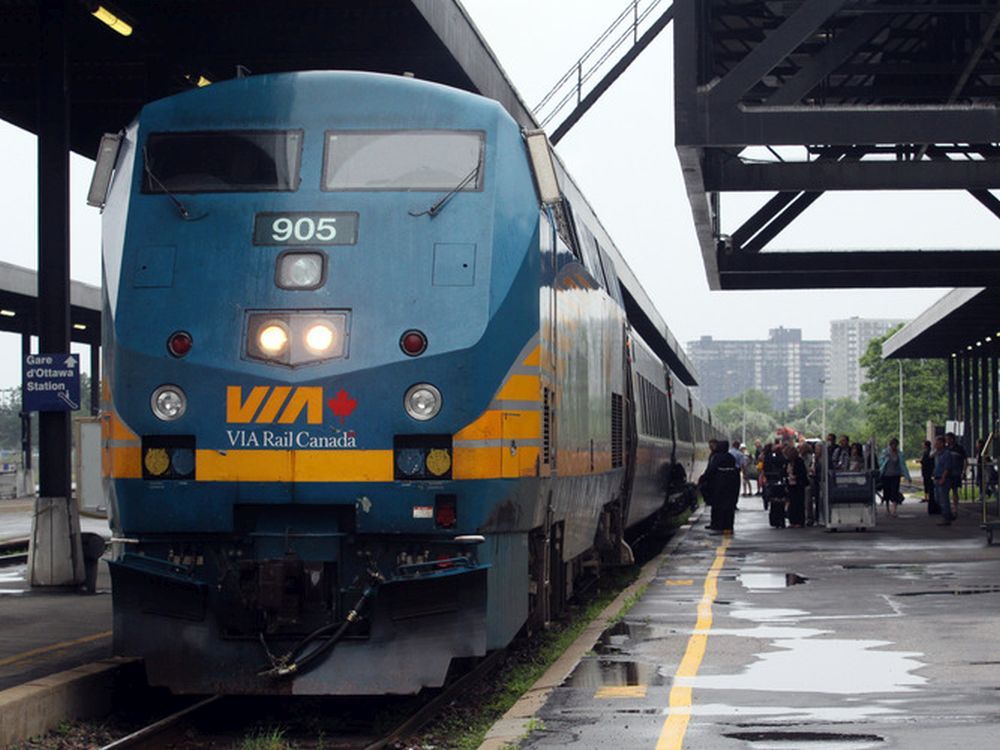Here we go again. Popcorn ready.
LOL. I don't want to get into this again, but I will say that many people on here are stuck with the mindset that it has to be catenary
OR batteries
OR hydrogen, when in reality it will likely be catenary
AND batteries
AND hydrogen, in some combination. In the end, the railways will use a combination that gives them the lowest overall cost.
Catenary has the lowest "fuel" cost but has very high capital and maintenance costs. As a result, it is great in high traffic areas that have easy access to the electrical grid.
Hydrogen is a very expensive fuel (it is currently much more expensive than gasoline or diesel, though
some suggest that it could drop to be equal to them by 2025, but it will still be more expensive than electricity), but the capital and maintenance costs are low.
Batteries have a "fuel" cost that is only slightly higher than catenary (due to small losses from charging and discharging) but have a lower capital cost and very low maintenance costs. There is also the issue of range charging speed, and while you could swap out the batteries, that would significantly increase the capital cost, as you end up needing a lot of extra batteries.
The best options are to have batteries can supplement both hydrogen and catenary. Having batteries supplement hydrogen allows two key advantages:
- Regenerative braking. Trains operating in mountainous regions often use dynamic breaks, where by they use the electric traction motor as a generator and dissipate the energy as heat in giant resistors on the roof of the locomotive. Rather than wasting all that energy as heat, why not store it in batteries to reduce the fuel needed later. This is not limited for use in mountainous regions, but is beneficial any time a train needs to slow down.
- Increased peak power. Batteries are much better at providing large amounts of instantaneous power than hydrogen fuel cells. By having a battery large enough to meet the peak power needs, the size of the hydrogen fuel cell can be reduced and the power demand curve can be leveled out By telling a computer the route being used, it can calculate when the use the fuel cell to charge the battery and when to leave a hilltop reserve for regenerative braking.
Having batteries supplement catenary allows the railways to only put catenary where it is cheapest (near cities) and will get the most use by being shared with multiple routes. While under catenary power, the trains can charge their batteries and once they get beyond the catenary, they can switch to battery power. This only works for shorter routes serving busier hubs, but for them it removes any need to stop and wait for the train to recharge. Batteries also allow the train to ride out disruptions in power on the catenary.
In the end, I see the railways either buying bi-mode (or tri-mode) locomotives or, since many trains have multiple locomotives anyway, coupling locomotives with different power sources together and having them share power back and forth, depending on the situation.





